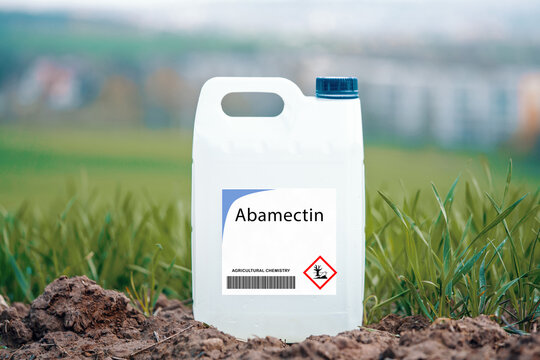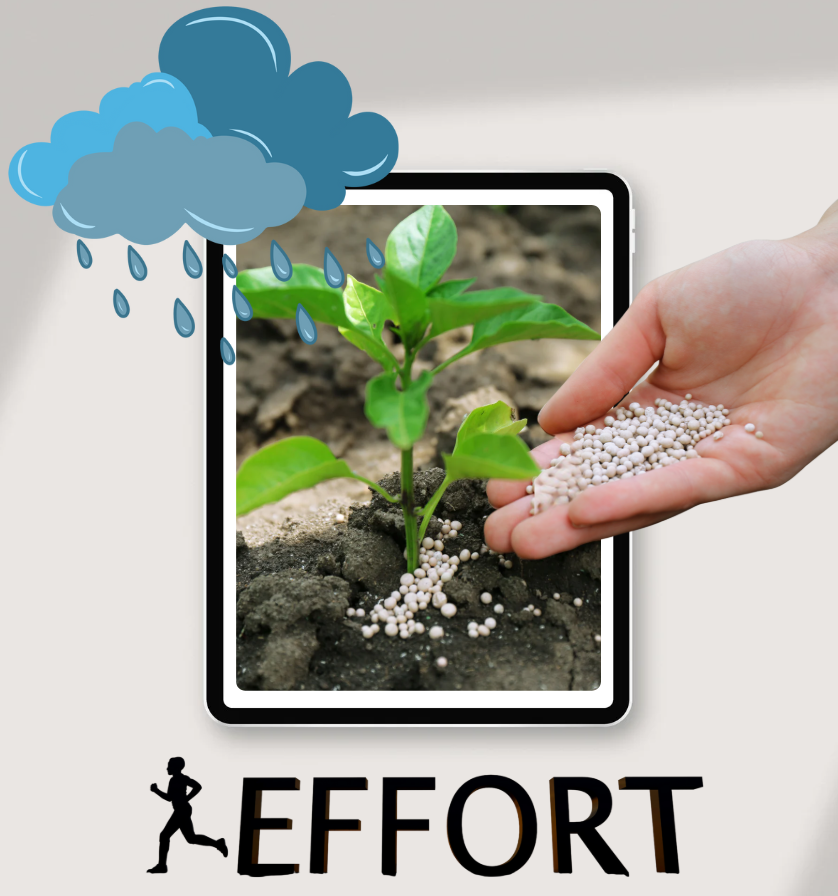
The Impact of Avermectin on Non-Target Organisms
Avermectin is a widely used pesticide and anthelmintic that is commonly applied in agriculture and veterinary medicine. However, its use can have unintended effects on non-target organisms, including wildlife, beneficial insects, and other species in the ecosystem. This article will explore the impact of Avermectin on non-target organisms and how to minimize these effects.
1. What is Avermectin?
Avermectin is a class of chemical compounds used to control a wide range of pests and parasites. It works by inhibiting the nervous system of target organisms, leading to paralysis and death. Avermectin is used in pesticides, veterinary drugs, and even in the treatment of certain human diseases.
2. How Avermectin Works
Avermectin primarily acts by blocking chloride ion channels in the nervous system of target organisms, causing paralysis and death. However, this mechanism can also affect non-target organisms if they are exposed to the pesticide. Avermectin can enter the tissues of organisms through ingestion or contact with contaminated elements.
3. Impact on Beneficial Insects
One of the biggest negative impacts of Avermectin on non-target organisms is its effect on beneficial insects, such as bees, fly larvae, and natural predators of pests. Studies have shown that Avermectin can harm these insect species, especially honeybees. When exposed to Avermectin, bees may experience paralysis or death, which reduces their pollination capacity, significantly affecting crop yields.
Specific impacts on insect species:
-
Honeybees: Avermectin can harm honeybees, reducing their population and affecting the pollination process.
-
Fly larvae and other beneficial insects: These species may also be negatively impacted, leading to a reduction in natural pest control.
4. Impact on Wildlife
In addition to insects, Avermectin can also affect wildlife if they are exposed to the pesticide by consuming plants or animals contaminated with the substance. For example, birds that eat insects or animals that have been exposed to Avermectin can suffer from poisoning or serious health issues.
Impact on wildlife:
-
Birds: Some bird species can be poisoned when they ingest insects or animals that have been exposed to Avermectin, which may lead to reproductive issues and health problems.
-
Amphibians and reptiles: Species living in aquatic or terrestrial environments may be affected by Avermectin as the pesticide easily enters their habitats.
5. Impact on Aquatic Life
Avermectin can persist in the water environment after use, particularly when the pesticide is washed off from the soil. Aquatic organisms, including fish and other water-dwelling species, can be severely affected by Avermectin. High concentrations of Avermectin in water can be toxic to aquatic life, reducing biodiversity in aquatic ecosystems.
Impact on aquatic organisms:
-
Fish: Avermectin can poison fish, affecting their nervous system and overall health.
-
Aquatic insects: Aquatic insects, such as water beetles and swimming insects, can also be killed or have their populations reduced.
6. How to Minimize the Impact of Avermectin on Non-Target Organisms
To minimize the impact of Avermectin on non-target organisms, farmers and professionals need to adopt the following measures:
-
Use Avermectin properly: Follow recommended dosages and waiting periods to minimize the risk of exposure to non-target species.
-
Apply pesticides at the right time: Avoid spraying during pollination periods or when beneficial insects are most active.
-
Use biological control methods: Encourage the use of natural predators instead of relying too heavily on chemical pesticides.
-
Improve pesticide application technology: Use precise spraying equipment to ensure that the pesticide is applied only to the target area, reducing off-target contamination.
7. Conclusion
Avermectin is an effective tool for controlling pests and parasites, but its improper use can have serious consequences for non-target organisms. To protect biodiversity and ensure sustainable agricultural practices, Avermectin should be used carefully and responsibly. By implementing measures to minimize its impact, we can use Avermectin effectively while safeguarding ecosystems.
Bình luận
Những bình luận mới nhất



